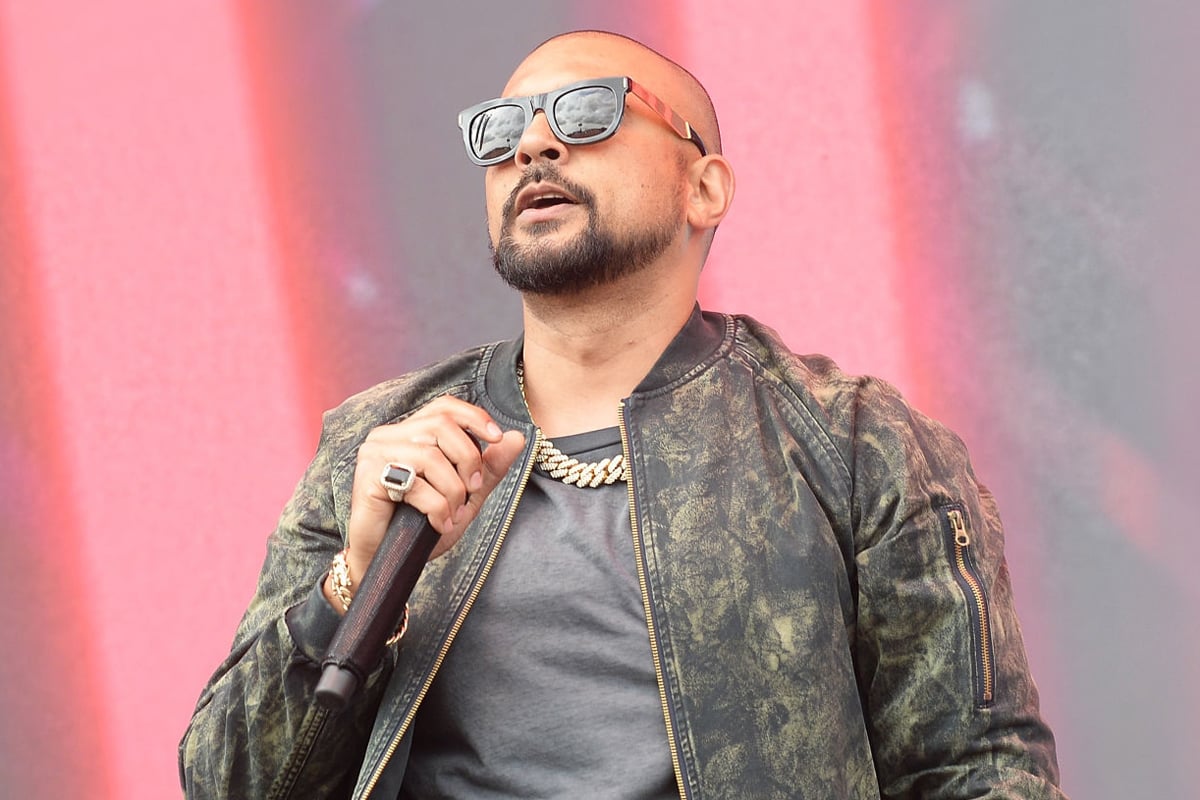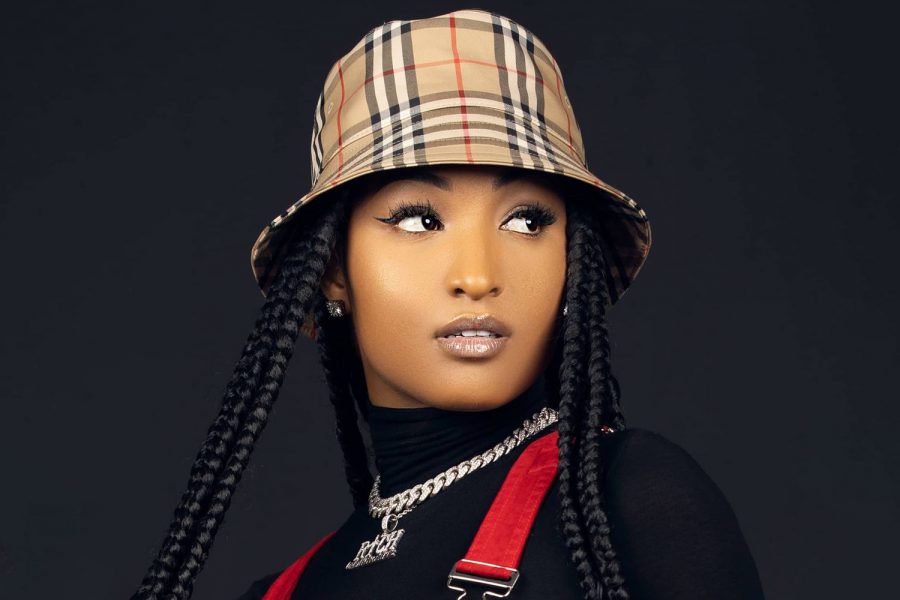YouTube Paid $4 Billion To Music Industry Over Last Year As Dancehall-Reggae Artists Are Seeing More Views

In a year when many artists were unable to perform live for fans all over the world due to government restrictions aimed at stemming the pandemic, YouTube Music’s global CEO Lyor Cohen reported that the platform paid out 4 billion dollars to artists over the last 12 months.
In a letter released today, June 2, Cohen stated that, “I’m so proud to share that YouTube has paid over $4 billion to the music industry in the last 12 months alone and has added more paid members in Q1 ’21 than in any other quarter since launch.”
YouTube is the largest music platform in the world with over 2.3 billion users and one of the largest social media platforms, second only to Facebook, according to Statista.
Over the last year, the Caribbean saw more artists than ever streaming more than one hundred million times or more, with some local artists clocking over 50 million views with a single video or ‘visual–audio’ content on YouTube.
World Music Views reported that in the last year Shenseea was the most streamed female artist in the Caribbean with over 150 million streams across her catalogue. With Koffee coming a close second. Other artists that streamed over one hundred million times include Skillibeng and Tarrus Riley. Damian Marley, Popcaan and Alkaline streamed over 200 million times in the last 12 months, Vybz Kartel and Shaggy each streamed just over 400 million times.

Bob Marley’s music has been streamed over 600 million times but it was Sean Paul who broke the record for most streamed Caribbean artist on YouTube for the third year in a row. He surpassed 1 billion streams across his extensive reggae-infused pop catalogue.
Damian Marley, in commenting on YouTube and streaming’s impact on Caribbean music, said on the World Music Views Podcast that, “Streaming has validated the music in the region”.
Cohen in expressing YouTube’s commitment to continue growing the music industry across the world wrote, “Through our ad-supported free tier in 180 countries and subscription tiers in 96 countries, we give users the choice to pay with their attention or their wallets. YouTube is the world’s largest stage, and advertisers are eager to tap into the deep music engagement that the platform enables. With over 2 billion users watching music videos monthly, YouTube allows advertisers to reach audiences they can’t find anywhere else.”
YouTube has three separate payout rates, YouTube Music stream ($0.008), per video-stream ($0.00069) and videos monetized through content ID ($0.00087). This is less than the other platforms such as Spotify, Apple and Tidal but those platforms don’t have the amount of users to compete with YouTube. Additionally, most Caribbean people get their music first on YouTube because it is free.
Unlike other platforms, YouTube allows users to create content and monetize it and if music is used then the money goes to the artist or rights owner. “Music comes to life in so many ways across YouTube and YouTube Music. Both premium music content and user-generated content (UGC) are growing and driving significant value back to the industry,” Lyor assured.
Over 30 percent of the 4 billion dollars paid out by YouTube for music was for fan made music related content.
“Fan-powered videos have always flourished on YouTube, helping artists grow their audiences and break songs around the world. We’re thrilled it’s now also become a meaningful and incremental source of revenue alongside premium music content,“ he added under the caption “ Growing viewership and revenue with unique fan content“ .
World Music Views, a YouTube chart show, has been carrying the hottest songs and music videos in Jamaica, Canada, UK and US every week since April 2018.
Lyor further stated, “Whether it’s the premiere of the hottest new music video on your TV, a throwback playing on your Google Home when you ask for music that makes you smile, or the latest viral dance challenge, revenue is generated for artists, songwriters, and rights-holders”.

With the advent of Spotify in the region, this new kind of development by YouTube is good for Jamaican artists because most of their revenue is generated at live concerts.
Lila Iké stated recently on Taking Stock by Kalilah Reynolds that streaming has helped her to get seen by audiences globally but she does not see much of the revenue from Spotify and Tidal because she doesn’t own her masters and her core audiences are not yet hip to the platform.
She said without a touring schedule she has to rely on dubplates and YouTube revenue, “If you look at the streaming platforms you don’t earn a lot from that because not alot of my core audiences are into all these other platforms like Spotify and Tidal. For me it boils down to the royalties. With YouTube with people watching the videos and all of that and YouTube being monetized you get a certain level of income there…with the (other) streaming platforms a lot of people are to be paid before it gets to me…we are now signed to a label so they are also involved in getting out of all of that before it gets to me”.
She further said another way she monetized is through virtual concerts and merchandising, “since Covid-19 I have done about four of five virtual shows..and I guess merchandise.”
Reggae-Dancehall artists and other content makers in the region can look forward to more ways to make money through YouTube in the near future. Using Korean K-pop groups as a template Lyor said artists will soon be able to monetize more things around their music.
“We’re continuing to innovate with direct-to-fan products such as ticketing, merch, memberships, paid digital goods, and virtual ticketed events. BLACKPINK’s paid virtual concert – THE SHOW – sold nearly 280,000 channel memberships across 81 countries and helped the group earn 2.7 million new subscribers to their official artist channel”.
